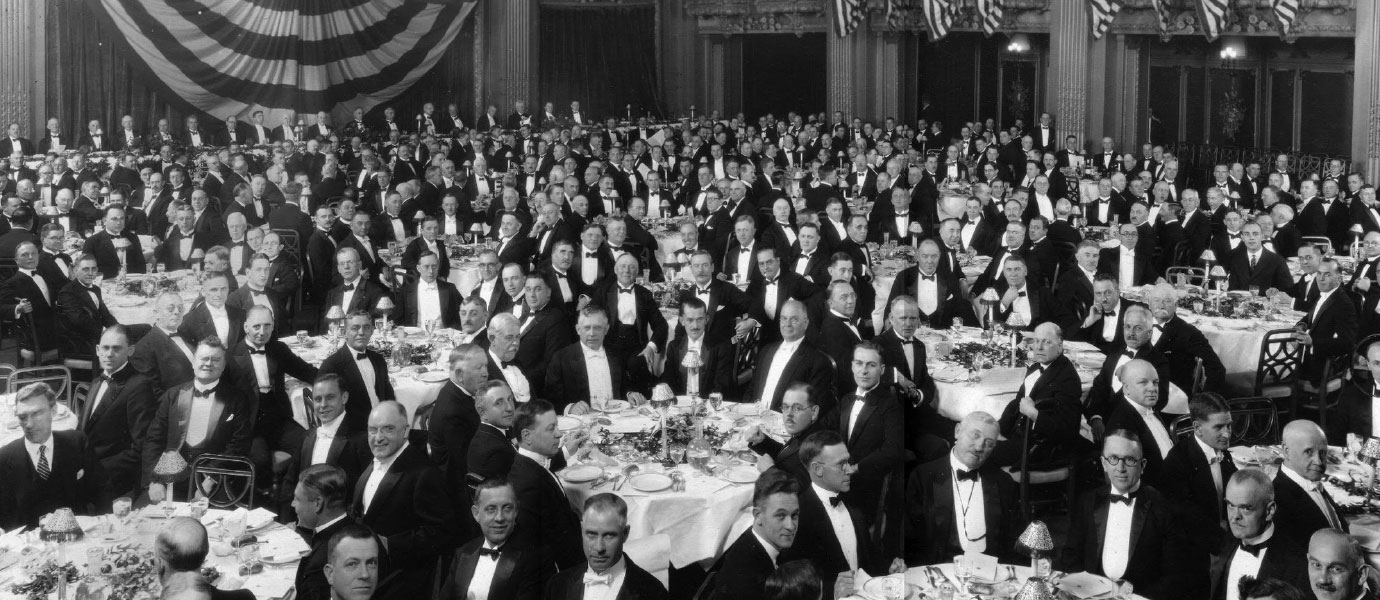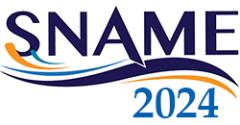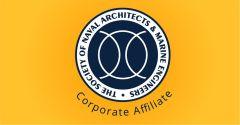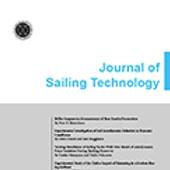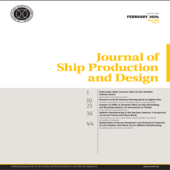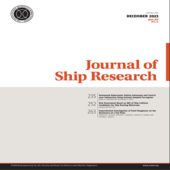Technical and research (T&R) | Bulletins and reports
In 1988, a full-scale laser wave probe was developed and installed on an SL-7 containership. The probe was mounted on the bow and looked forward at an angle of 120 forward of the vertical. The purpose of the probe was to measure the incident wave amplitude. This was accomplished by subtracting from the absolute amplitude measured by the probe the relevant ship motions. No corrections were made for the steady wave system or the unsteady radiated and diffracted waves. After reviewing the results, questions arose as to possible contamination by the steady and unsteady ship-generated waves in front of the bow. To begin to investigate these questions, model tests were conducted in the Ship Hydrodynamics Laboratory using the art existing model of the SL-7 and as a test matrix.
A reference book to be used as a safety aid by all who design, build, and operate tourist submersibles. The guidelines embody the marine expertise, good engineering practice, and safety planning that should be considered in the design and operation of tourist submersibles in order to achieve an acceptable level of operational safety. Includes discussions on personnel, plans, and procedures and equipment as well as extensive appendices compiled from the leading organizations in the field.
This document provides most of the general information that should be part of such a manual. For instance, it provides a guide to cold water survival, list general precautions in the use of life jackets and immersion suits, and describes procedures for muster stations, abandon ship, and fire fighting drills. Though the contents of the manual should be as prescribed in Regulation 51, the order in which the information is presented should follow the suggested table of contents, so that it flows in a logical and uniform manner. Any cart of this information may also be presented in the form of audiovisual aids, but if so, a note to that effect must be made in the survival manual.
The purpose of this project was to define and validate an improved rationally-based design and analysis procedure for computing fatigue damage of the Trans-Alaska Pipeline Service tankers is presented. The method considers not only damage due to hull girder bending, but also damage due to local panel pressure fluctuations. This task requires four basic steps: specifying a lifetime wave environment, generating a hydrodynamic model, calculating cyclic stresses due to the wave environment, and computing the fatigue damage due to such stresses. The implementation of each step is discussed with an emphasis on applying existing research tools.
Determination of the flow field around a surface ship or a submersible plays a significant role in modern design methodology. During the last two decades, a great deal of developmental effort has been spent to improve modeling and computation of turbulent flows. These included extensive detailed experimentation, conceptual model development efforts, and derivation of accurate and efficient numerical schemes.
T&R Bulletin R-45: A Study on Reliability, Availability, Maintainability Data Banks for Ships (1993)
Ship operators in the U.S. have been facing intense competition from world fleets, This ever-increasing competition has necessitated continuous enhancements in vessel productivity and operating efficiency along with safety. Reliability, Availability, and Maintainability (RAM) Data Banks provide the means for much-needed improvement in these areas.
The purpose of this workshop was to discuss and develop information in the area of maneuvering mathematical modeling helpful to the Marine Board Study Committee on “Ship Bridge Simulation Training.” This committee was studying the application of simulation to the training of deck officers, a project emanating from the Oil Pollution Act of 1990. A copy of the project Statement of Task addressed by is Committee is provided in Appendix A of this report.
The objective of this study is the first-order effects on the design of propeller ducts of hull wake vorticity or shear. Shear is dominantly characterized by the magnitude of the radal derivative of the nominal axial wake velocity, dU(r)/dr = U’.
For the safe operation of ships at sea, stability determining the operability of a ship and its survivability after damage. Because the mission requirements for commercial and naval ships are so enormously different, their requirements for operability and survivability are also vastly different.
The selection of stability criteria has an enormous impact on the ship's arrangement in terms of subdivision, access, and functional location of compartments. In addition to access and compartmentation impacts, ship support systems such as piping and heating, ventilation, and air conditioning (HVAC) are also affected. The degree of impact on a ship's arrangement can be directly related to cost and survivability depending on the stability criteria selected. The deciding factors for determining the stability criteria to be used should consider the operation of the ship and -the degree of safety that the cost constraints of a ship design program can afford, without severely impacting the configuration of the ship to meet mission requirements.
The objective of this paper is to identify the various stability requirements and to assess the impacts on the general arrangement and ship systems. This assessment is intended to provide a quantitative means of evaluation for determining the appropriate stability criteria which best suits a particular ship's mission.
A National Oceanic and Atmospheric Administration (NOAA) buoy database of over 2 million wave spectrum measurements from a wide variety of wave climates has been utilized to identify three generalized wave climates, namely Climatic Steep Seas (two variants), Climatic Northern High Latitude Seas and Climatic Long Period Seas. These wave climates are further characterized in the following respects using previously determined long-term climatic wave spectra (CWS):
(a) Trend lines of significant wave height (Hmo) vs modal period (Tp) are determined. These are terminated and then interconnected to form an upper boundary at high values of Hmo
(b) Ochi (3P) wave spectra are determined which closely model the climatic wave spectra over the entire length of each of the modal period trend lines and their upper boundary
(c) Average probability density distributions of Hmo, are determined for each of the generalized wave climates.
The overall Hmo, versus Tp, envelope, and its trend lines defined by (a) is termed the NOAA baseline Operability envelope. A design criterion is recommended which requires that a ship operates within the envelope without experiencing damage or requiring repair or replacement of equipment. The NOAA buoy database is also used to construct a baseline Survivability envelope. In this case, extreme values of Hmo, and associated Tp, lead to a two-segment envelope, namely a segment corresponding to Seaways of Limiting Steepness and one corresponding to Seaways of Extreme Significant Wave Height.
The latter is derived from a database having an effective measurement period of about 10 years. A design criterion is recommended which requires that a ship resist substantial loss of watertight integrity, hull girder failure, capsize, and loss of communication and survivability equipment within the envelope. Modified JONSWAP spectrum approximations applicable to the entire envelope are provided. Based upon a favorable correlation of NOAA buoy and British Maritime Technology's Global Wave Statistics data, the two baseline envelopes are extended to cover Northern and Southern Hemisphere extremes of significant wave height. Comparisons of the Operability envelope and selected seaway criteria currently in use to suggest that the latter correspond mainly to the northern high latitude wave climate identified here. Comparisons of Hogben's independently derived boundaries with corresponding portions of the Survivability and Operability envelopes show remarkable agreement.
